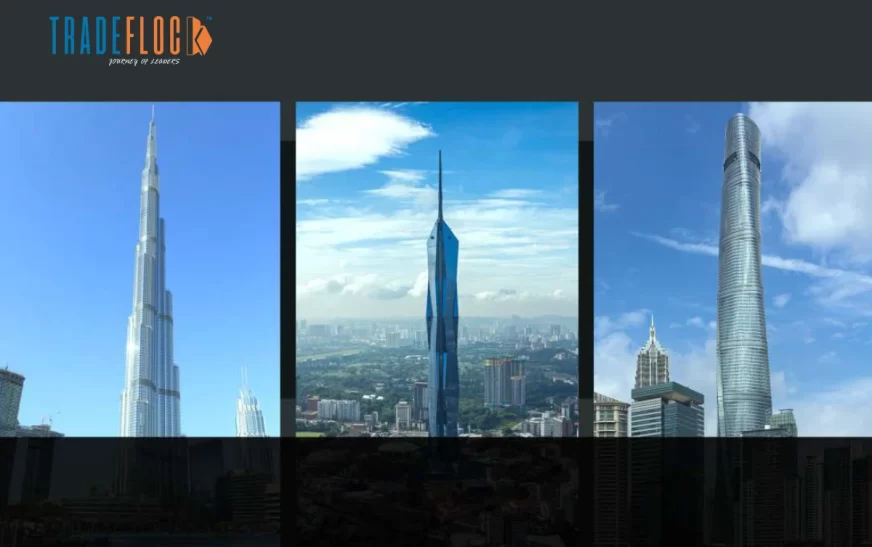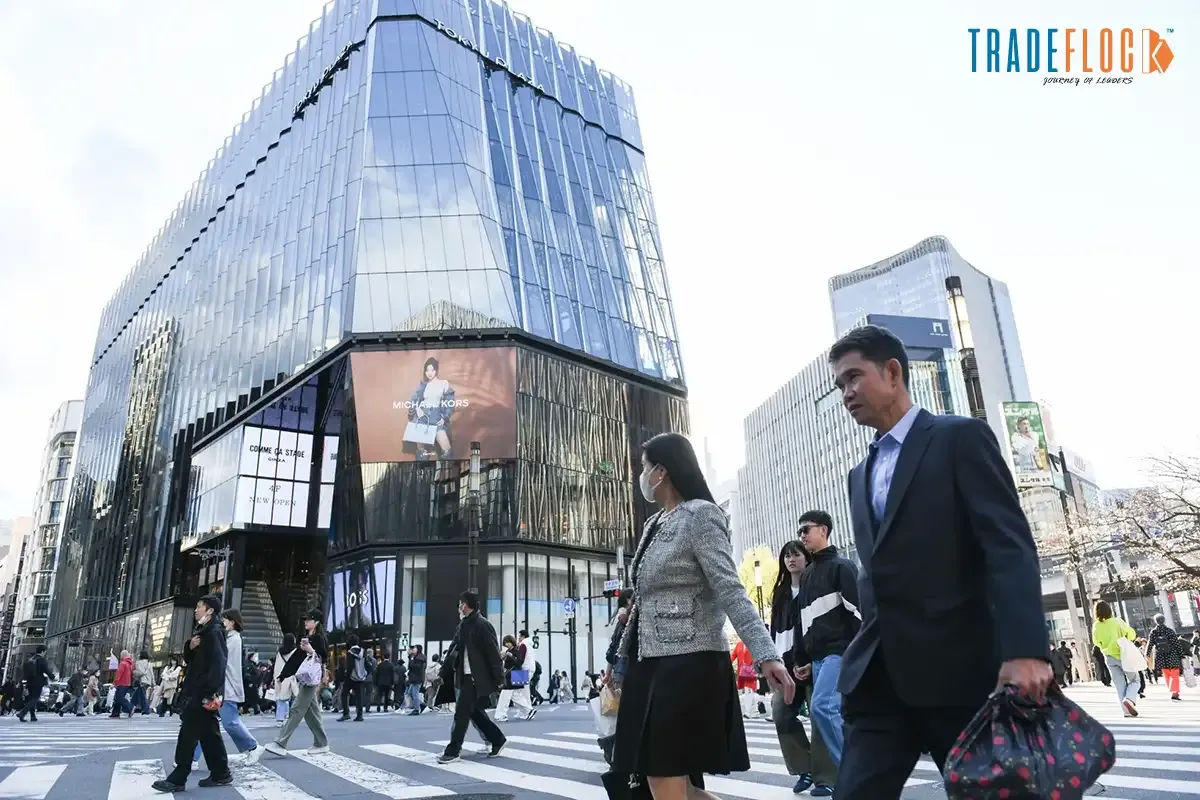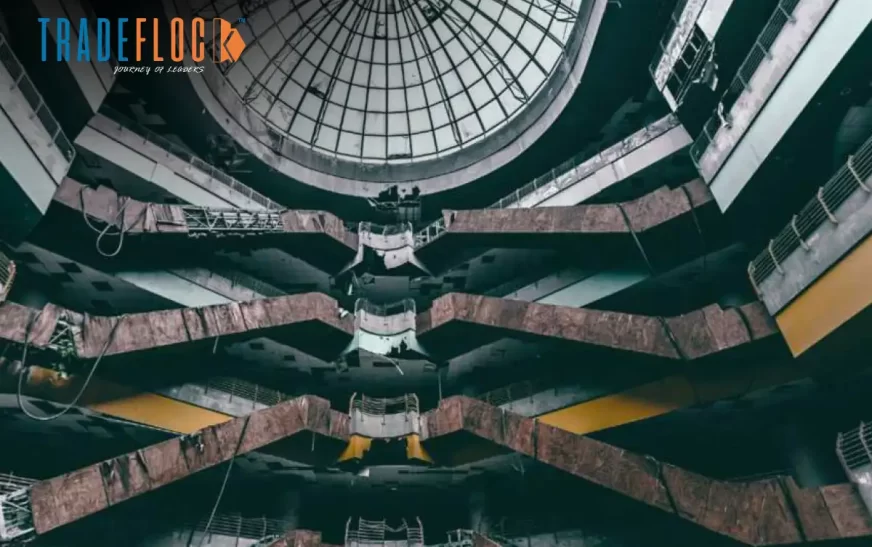The world is obsessed with height, speed and scale and skyscrapers across the world reflect this fascination. But beyond architectural wonders, they are expressions of national identity, ambition, and sometimes, insecurity. These buildings are vertical declarations of how nations see themselves and how they wish to be seen.
World’s highly ranked superstructures like Burj Khalifa in Dubai, Merdeka 118 in Kuala Lumpur, and the Shanghai Tower in China’s financial capital, each of them tells a compelling story of architectural prowess. Additionally, they are a strong reflection of the culture, economics, and politics that shape the nations they rise from.
Burj Khalifa is a vertical symbol of ambition, resilience, and economic diversification for the UAE. Dubai’s economy historically leaned on oil, but today, less than 1% of GDP comes from oil revenues (World Bank, 2023). Instead, tourism, finance, and real estate drive growth.
Another instance is Merdeka 118. Culturally, it’s a tribute to unity in Malaysia’s multi-ethnic society. Economically, it signals Kuala Lumpur’s desire to position itself as a modern financial centre in Southeast Asia. The government-backed project, owned by Permodalan Nasional Berhad (PNB), reflects Malaysia’s approach of intertwining state-driven economic growth with nation-building efforts. Politically, it also represents confidence in overcoming recent economic turbulence and governance challenges, projecting a stable, progressive image on the global stage.
The Shanghai Tower, on the other hand, symbolises China’s ascension on the world stage, blending futuristic design with sustainability, as it features 270 wind turbines, rainwater harvesting, and advanced energy-saving systems. Culturally, the tower embodies China’s embrace of modernity while balancing its rich heritage. Located in Lujiazui, Shanghai’s financial district, it reflects the country’s rapid urbanisation and economic transformation.
Unlike the Burj Khalifa’s tourism-driven identity or Merdeka 118’s national pride, the Shanghai Tower serves as a symbol of economic might and technological leadership, mirroring China’s ambitions in AI, green energy, and global finance.
Beside being structures of steel, glass, and concrete, they are monuments to each nation’s story. The Burj Khalifa proclaims Dubai’s leap from desert trading post to global luxury hub. Merdeka 118 roots Malaysia’s future firmly in its fight for independence and unity. Shanghai Tower reflects a nation balancing rapid economic growth with sustainable development and global influence. As nations race vertically skyward, these towers reveal more than skylines, they reveal the aspirations, anxieties, and identities of the modern world.











